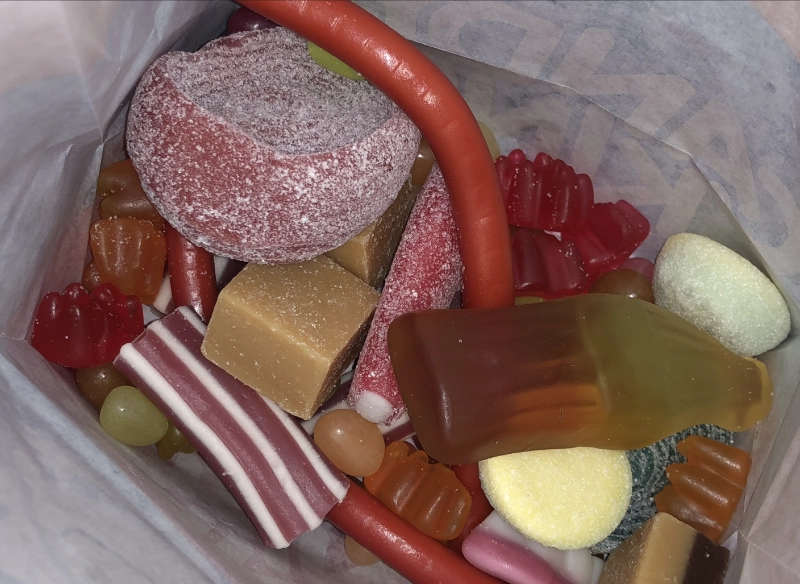
Craving for sweets often follows a predictable cycle—from that first fleeting thought to the satisfying bite and even the lingering urge afterward. By understanding these phases, you can interrupt the cycle and reclaim control over your cravings.
Phase 1: The Trigger
A craving begins with a spark—a memory or an external cue. Perhaps a colorful display of lollipops or a glimpse of elegant macarons instantly recalls moments of childhood delight.
Fight the trigger: Pause for a moment. Recognize the cue and ask yourself what emotion or situation is igniting this urge. A short break or a change of scenery can help reset your mindset.
Phase 2: The Anticipation
As the thought lingers, your mind starts to build anticipation. You imagine the sweet taste of gummy bears or the charming appeal of a cupcake. This phase can make the craving feel almost irresistible as your brain prepares for a dopamine rush.
Counter the anticipation: Practice mindfulness. Visualize not just the immediate pleasure, but also the aftermath. Sometimes, redirecting your focus by planning a healthy alternative—like fruit or a protein snack—can weaken the hold of the craving.
Phase 3: The Consumption
That first bite—be it a slice of chocolate cake, a scoop of ice cream, or even an indulgent candy bar or brownie—unleashes a burst of dopamine, heightening pleasure and often intensifying the desire for more.
Regulate the moment: When you decide to indulge, do so mindfully. Savor each bite slowly and consider setting a strict portion size to prevent the cycle from escalating. As you practice mindful indulgence, it can be helpful to track your habits using free iPhone app HabitCap , an app designed to support your journey toward a healthier relationship with sweets.
Phase 4: The Aftermath
After the initial satisfaction fades, you may find yourself reaching for another treat—maybe a cookie or donut—to chase the fading high. This post-consumption phase can trigger a loop of repeated indulgence.
Break the cycle: Acknowledge the lingering urge without judgment. Distract yourself with a brief walk, a glass of water, or a moment of deep breathing. Redirecting your energy can help dissolve the residual craving.